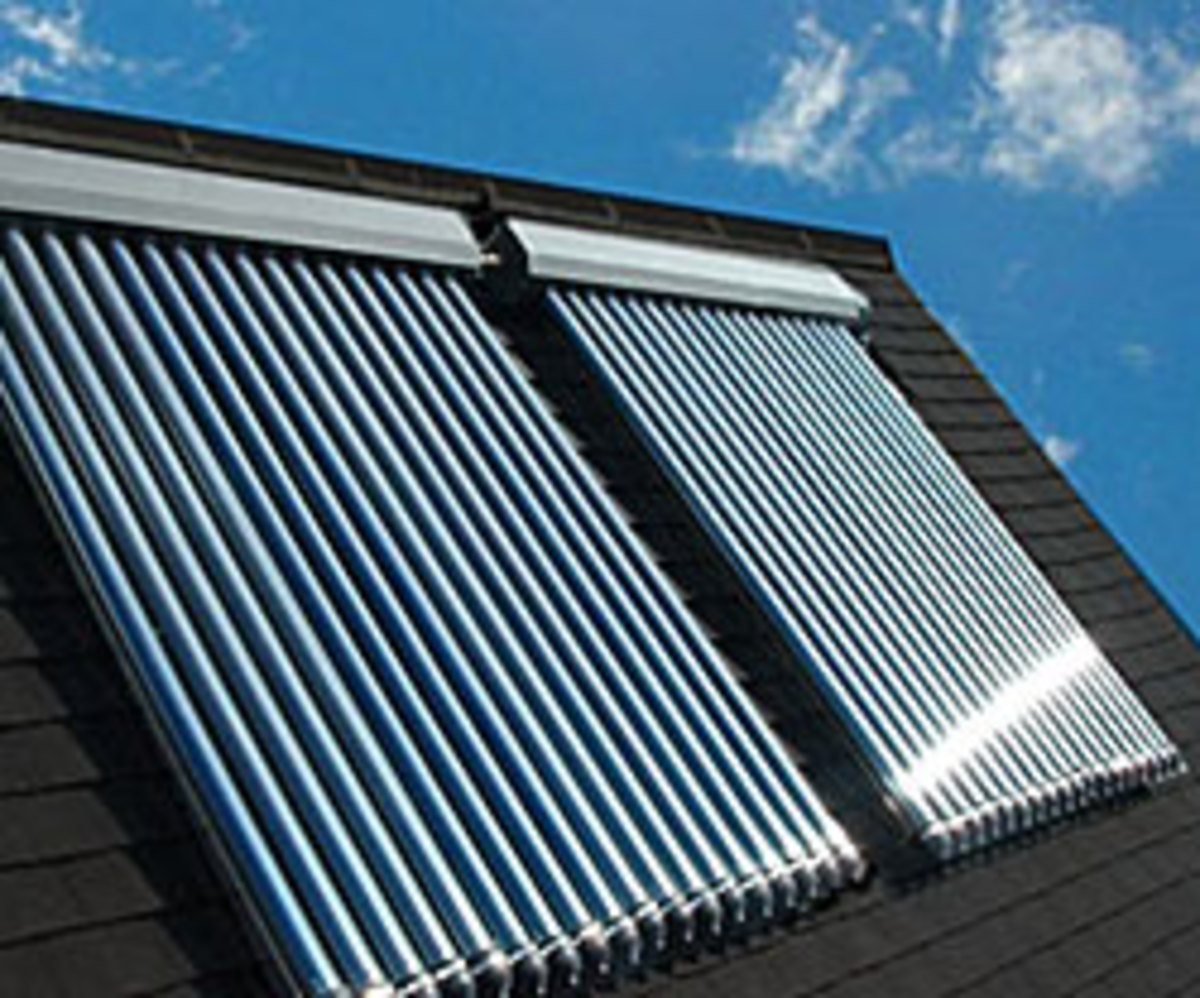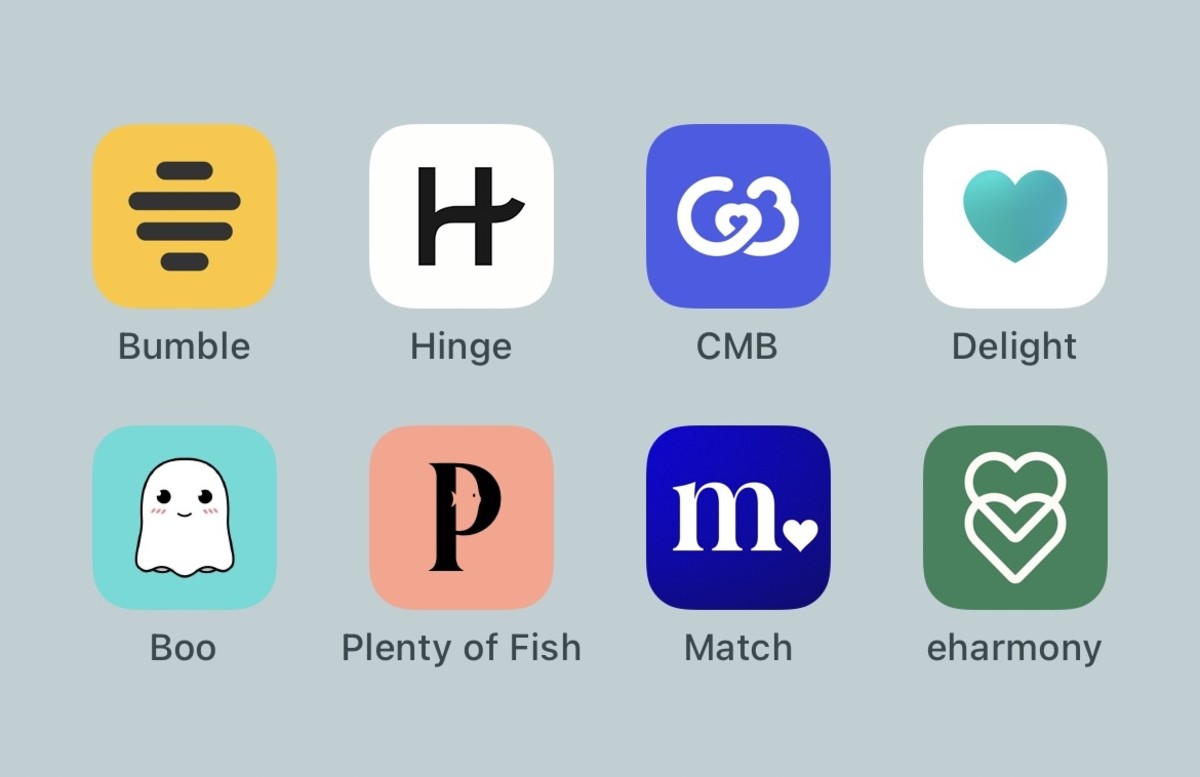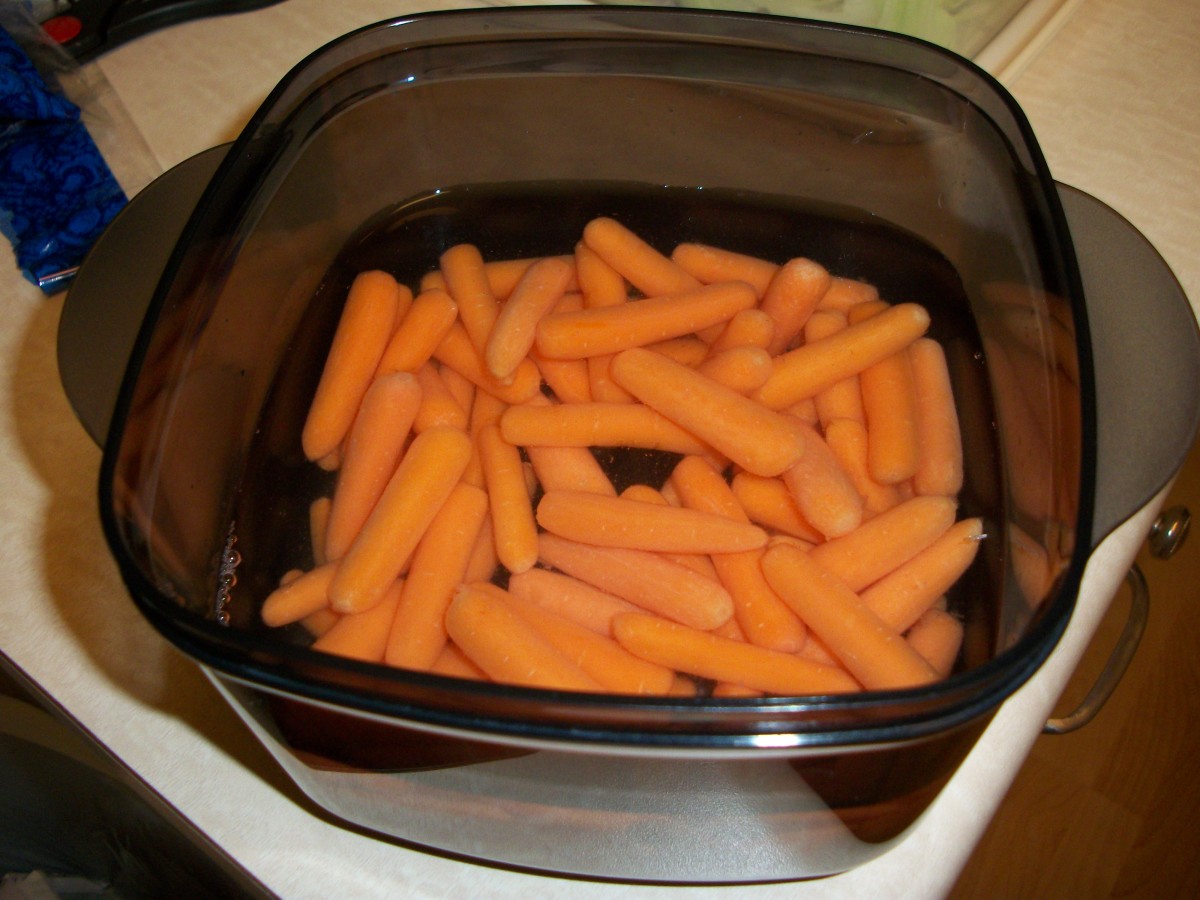- HubPages»
- Personal Finance»
- Frugal Living»
- Household Expenses
The WaterSense Label and Saving Water
What Is WaterSense?
WaterSense is a standard set by the Environmental Protection Agency on water savings and efficiency. WaterSense is similar to the Energy Star ratings for appliances and even homes. WaterSense labeled items are more water-efficient than average, though services can be WaterSense approved as well.
WaterSense certification is done by third party labs to verify that products meet EPA’s WaterSense standards.
What Objects Have the WaterSense Label?
The most common items with the WaterSense label are toilets, faucets, shower heads and other plumbing related items. The EPA is researching other types of products for the WaterSense label, such as irrigation systems and water distribution systems. One day, we could see on the pipe hot water heaters that are both Energy Star and WaterSense rated.
What Are the EPA’s Standards for WaterSense Labeling?
WaterSense sets a maximum allowed flow for sink faucets and aerators at 1.5 gallons per minute. This is about 30% less than the standard 2.2 gallons per minute used by most faucets.
The WaterSense standards for shower heads are those that use 20% or less water than the average showerhead, though they are required to produce similar water flow characteristics. The standard shower head uses 2.5 gallons per minute of water, whereas WaterSense labeled showerheads cannot use more than 2.0 gallons per minute.
Water Sense approved toilets must use 20% (or less) water than conventional toilets. Not all low-flow toilets are WaterSense labeled.
Item
| WaterSense Standard
| Standard Usage
|
|---|---|---|
Faucets
| 1.5 GPM or less
| 2.2 GPM
|
Showerheads
| 2.5 GPM
| 2.0 GPM
|
Toilets
| 1.28 Gallons
| 1.6 Gallons or more
|
WaterSense and Your Home
Energy Star rated homes are becoming common, with feature from triple paned windows to all Energy Star rated appliances.
The WaterSense rating can be applied to an entire home. A WaterSense labeled home uses, on average, 20% less water than the average house. This means that the plumbing fixtures, hot water heaters, landscaping and other utilities are using WaterSense labeled items. Water distribution systems refer to the piping and water distribution system that minimize how long it takes for hot water to reach the end use. For example, installing a natural gas on-demand hot water heater connected to the pipe, allowing someone to receive hot water in seconds instead of waiting a few minutes for the hot water from the hot water heater to reach the shower, can contribute to a house receiving the WaterSense label.
WaterSense designations also arise from the irrigation system, if there is one. To be considered a WaterSense house, it needs to use drip irrigation or directed water sprinklers. It isn’t going to be allowed to spray water onto the sidewalk or water the lawn when it rains. Another option for reaching the WaterSense standard is planting xeriscape (local plants or desert plants) that require little watering or using a mixture of stone, sand, patios and landscaping so that the lawn is less than 40% grass.
For a house to receive the WaterSense rating, it must be inspected independently and certified. A builder cannot simply say, “My houses meet WaterSense as well as Energy Star standards.” The property must be inspected by an inspector licensed by the EPA before it can be certified as meeting the WaterSense specification.
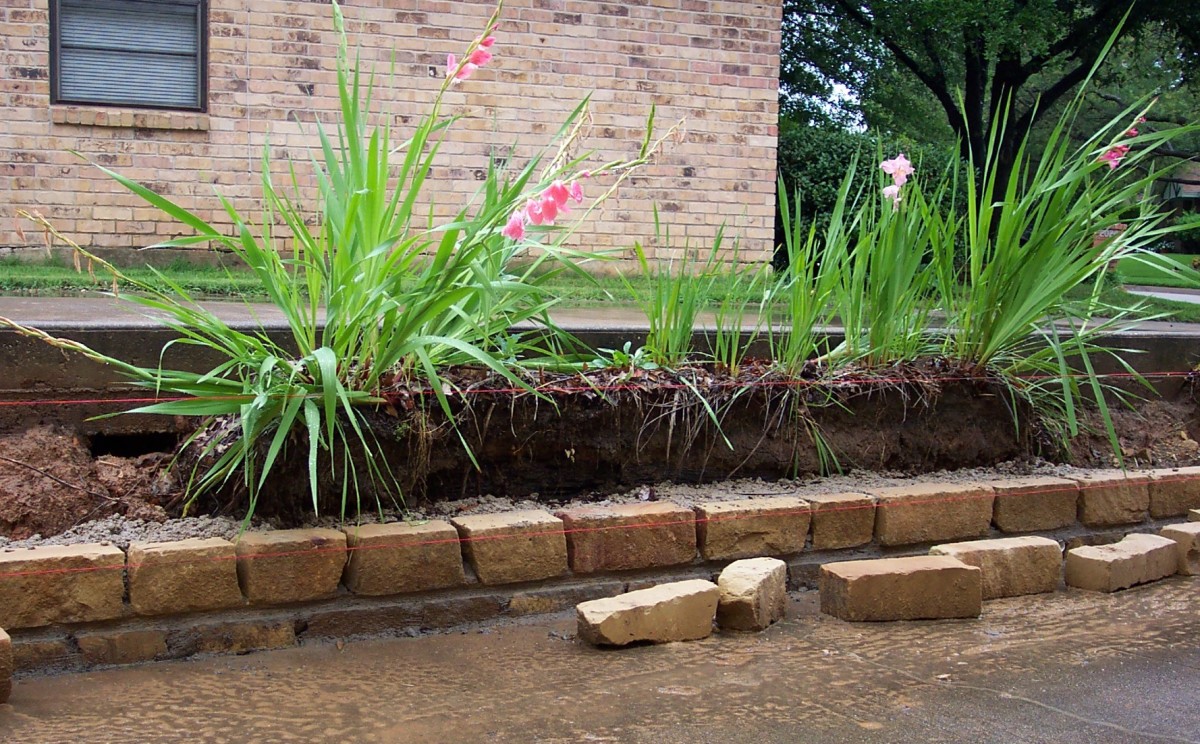
What Are the Benefits of Buying WaterSense Labeled Models?
It is estimated that buying WaterSense labeled faucets saves the average family 700 gallons a year. Installing multiple WaterSense approved items could theoretically save a family several hundred dollars a year on their water bills. Using less water also reduces the energy required to heat the water, though the electricity required to do this varies based on usage patterns.
Utilities in drought-stricken areas like the Western states often offer rebates, vouchers and incentives to install WaterSense labeled items in new homes and during renovations. These rebates can lower the purchase price of WaterSense labeled models.
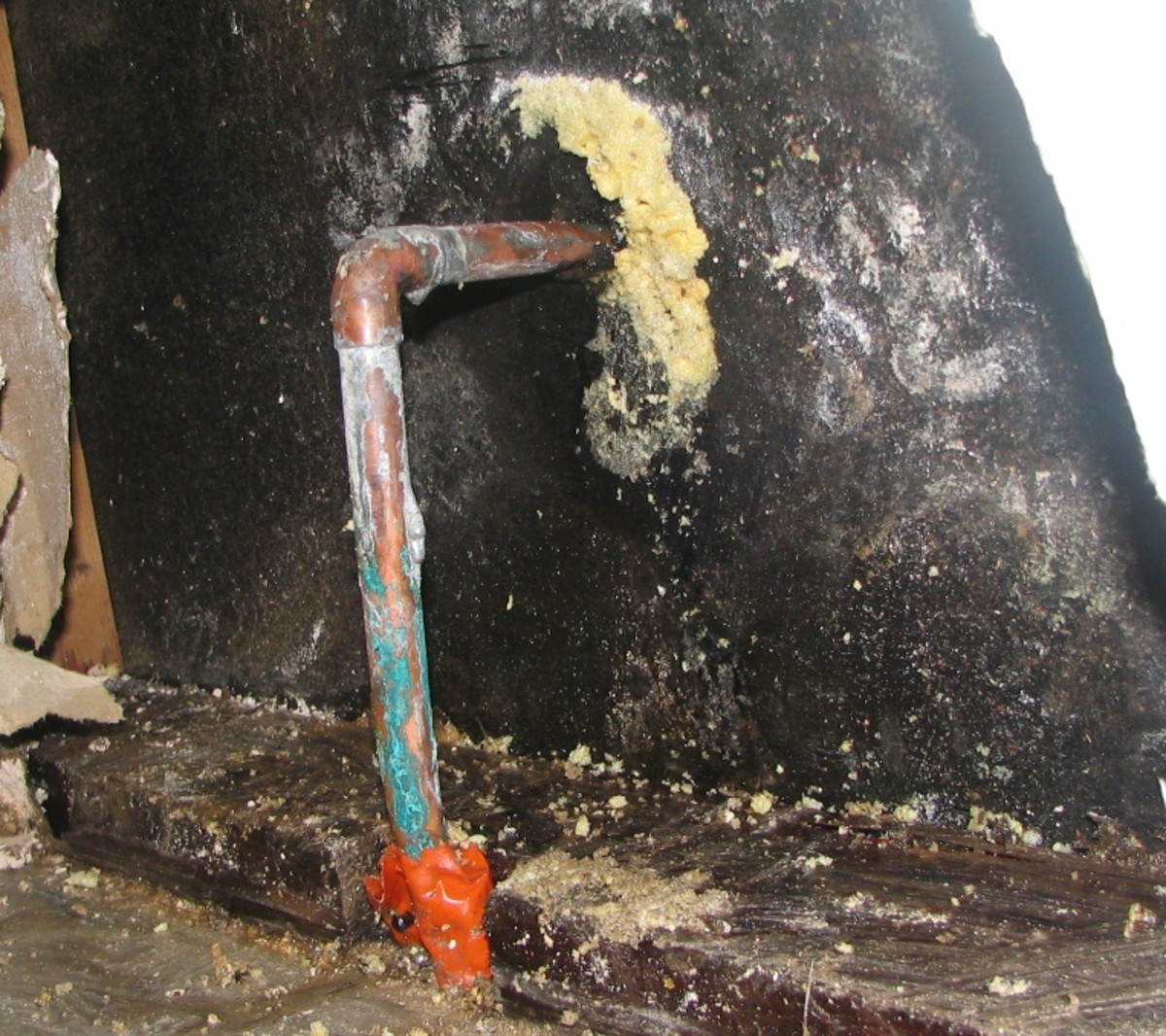
Do You Have to Buy WaterSense Labeled Items to Save Water?
A WaterSense aerator can be attached to a standard faucet to reduce water usage without affecting overall water flow and retrofit costs. Or you can take steps to save water like turning off the faucet when brushing your teeth or taking shorter showers.
Energy Star rated appliances tend to be water-efficient, though they may not meet WaterSense standards. Review the water usage of the dishwasher or washing machine to see if it uses less water than the average unit, as well as less electricity. You could see both water and electric bill savings by buying a unit that is more efficient in both regards, even if it doesn’t have a WaterSense label.
There are many steps homeowners can take to reduce water usage without spending money on new shower heads and faucets. Repairing leaking toilets promptly saves thousands of gallons of water, as is finding and repairing leaking pipes. Turning off the sprinklers when it has recently rained or putting in gravel borders instead of landscaping reduce the 50% of landscape water that is wasted. It is estimated that simply switching to water efficient, drought tolerant plants will reduce landscaping water use by 50%. Those lush green lawns that looked beautiful by the Great Lakes or Eastern seaboard suck up desperately needed water when planted out west.
Installing soil moisture sensors so you don’t water unless the ground is actually drying out can reduce water usage by up to 15%. Putting mulch in gardens can reduce the loss of soil moisture while simultaneously controlling weeds. Use soaker hoses around trees instead of broad sprays from a sprinkler. The EPA recommends using sprinklers to that produce droplets instead of watery mists. Less is then lost to evaporation.
Taking your car to a car wash that recycles its water, maintaining swimming pools so they don’t leak, covering them when not in use to limit evaporation and using air brushes instead of a water hose to clear debris off a sidewalk all save water.
Dry states like Arizona are paying people to rip out their lawns and put in gravel or sand yards, with others putting in Astroturf. These rebates are available from the state or water utilities regardless of the availability of WaterSense plumbing items.

